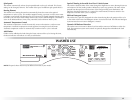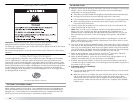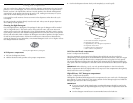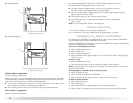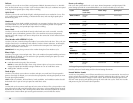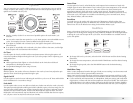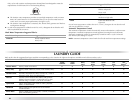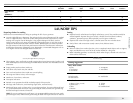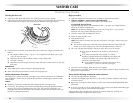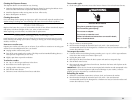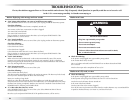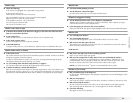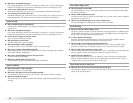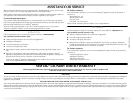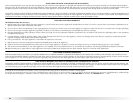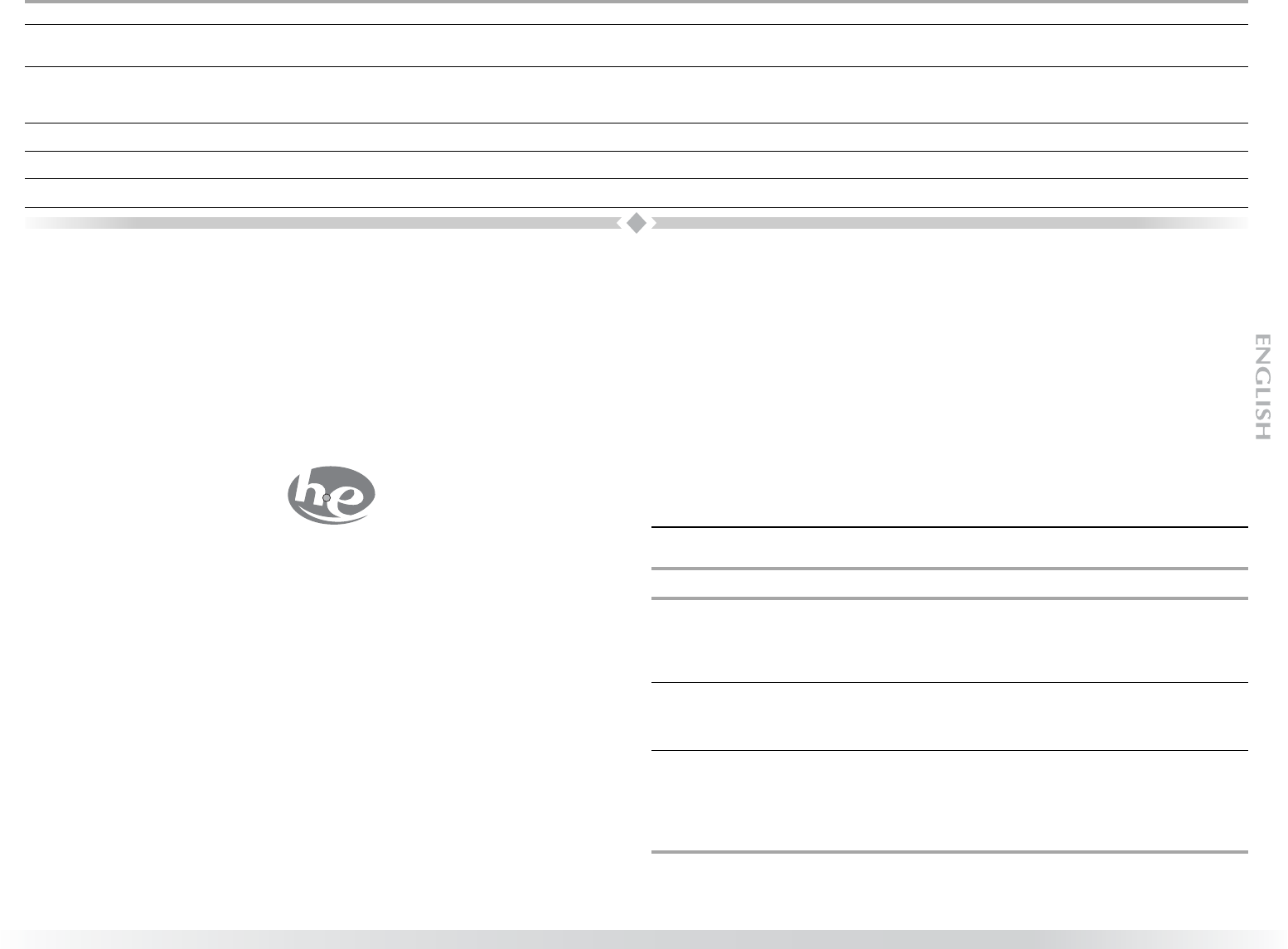
21
LAUNDRY TIPS
Preparing clothes for washing
Follow these recommendations to help you prolong the life of your garments.
Use only High Efficiency detergents. The package for this type of detergent will be marked
“HE” or “High Efficiency.” This wash system, along with less water, will create too much
sudsing with a regular non-HE detergent. Using regular detergent will likely result in
washer errors, longer cycle times, and reduced rinsing performance. It may also result in
component failures and noticeable mold or mildew. HE detergents are made to produce
the right amount of suds for the best performance. Follow the manufacturer’s instructions
to determine the amount of dete
rgent to use. Remember, concentrated detergents such as
2x or higher will use less detergent based on load size.
Use only HE High Efficiency detergent.
Close zippers, snaps, and hooks to avoid snagging other items. Remove pins, buckles, and
other hard objects to avoid scratching the washer interior. Remove non-washable trim and
ornaments.
Empty pockets and turn them inside out.
Turn down cuffs; brush away lint and dirt.
Turn wool and synthetic knits inside out to avoid pilling.
Tie strings and sashes so they will not tangle.
Mend tears, loose hems, and seams.
Treat spots and stains.
Stained or wet garments should be washed promptly for best results.
Mix large and small items, avoid washing single items, and load evenly.
Wash small items, such as infant socks, in a mesh garment bag. To create a balanced load,
it is recommended that more than one garment bag be used, and that each garment bag
be filled with equal amounts of material.
NOTE: I
f you are washing only small items, it is recommended that more than one mesh
garment bag be used, and that each garment bag be filled with equal amounts of material.
Sorting
Separate heavily soiled items from lightly soiled ones, even if they would normally be
washed together. Separate lint-givers (towels, chenille) from lint-takers (corduroy,
synthetics, permanent press). When possible, turn lint-givers inside out.
Separate dark colors from light colors, colorfast items from non-colorfast items.
Sort by fabric and construction (sturdy cottons, knits, delicate items).
Unloading
Remove clothes from washer after the cycle is completed. Metal objects such as zippers,
snaps, and buckles may rust if left in the washer basket for a long time.
When unloading garments, occasionally check under the gray colored seal at the front
of the tub for small items.
Loading
Loading suggestions
Heavy Work Clothes
4 jeans
4 work pants
4work shirts
2 sweatpants
2 sweatshirts
Towels
10 bath towels
10 hand towels
14 washcloths
Mixed Load
3 sheets (1 king, 2 twin)
4 pillowcases
3 shirts
3 blouses
9 T-shirts
9 shorts
10 handkerchiefs
Clean Washer
wi
th
AFFRESH™
No clothes
✓✓
Rinse & Spin Fabrics made of cotton, linen, polyester, or nylon
✓ ✓ ✓ ✓
Drain & Spin Fabrics made of cotton, linen, polyester, or nylon
✓✓✓ ✓
Soak Fabrics made of cotton, linen, polyester, or nylon
✓ ✓
CYCLE SUGGESTED LOAD TYPE AVAILABLE OPTIONS
Signal
ON/OFF
Fresh
Hold
TM
Delay
Start
Extra
Rinse
Steam
Clean
Oxi
Treat
Max
Extract
TM



